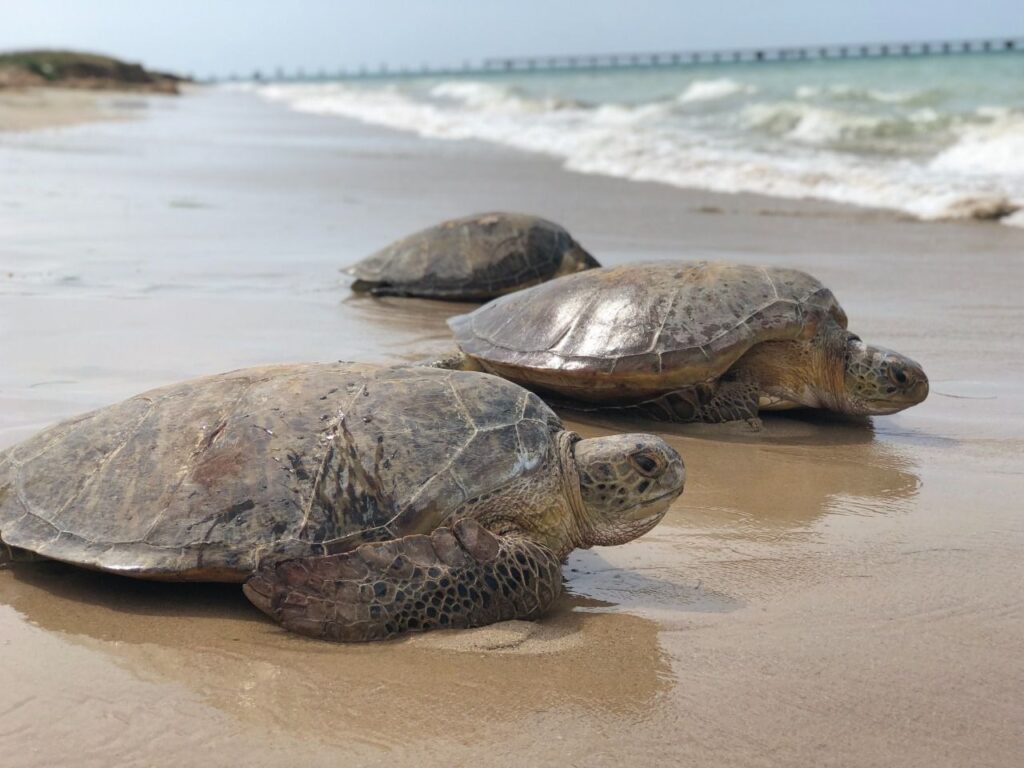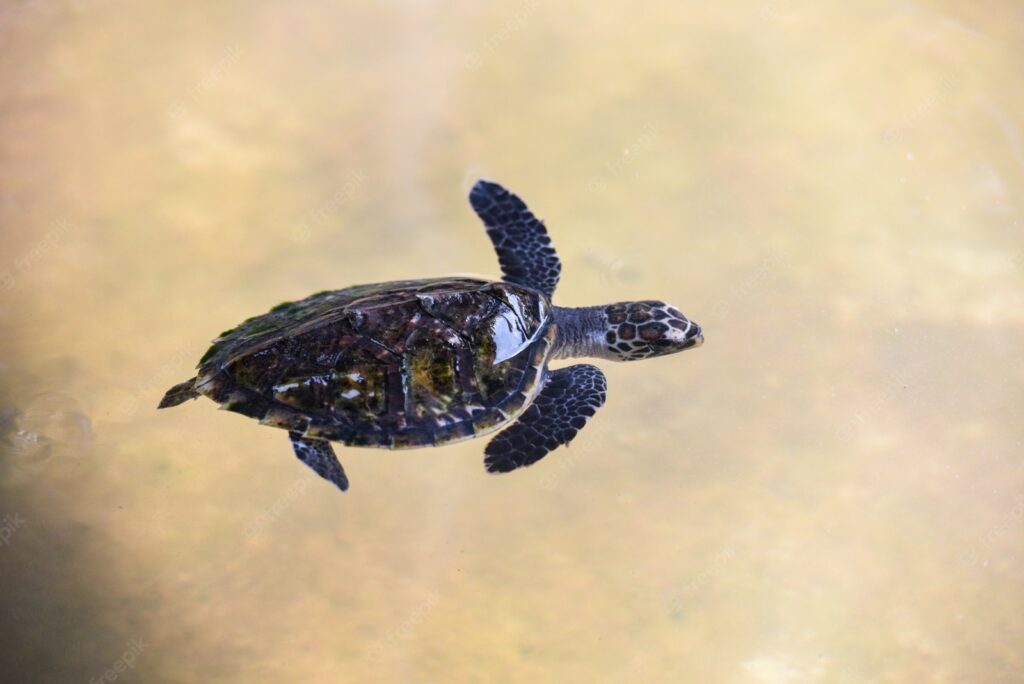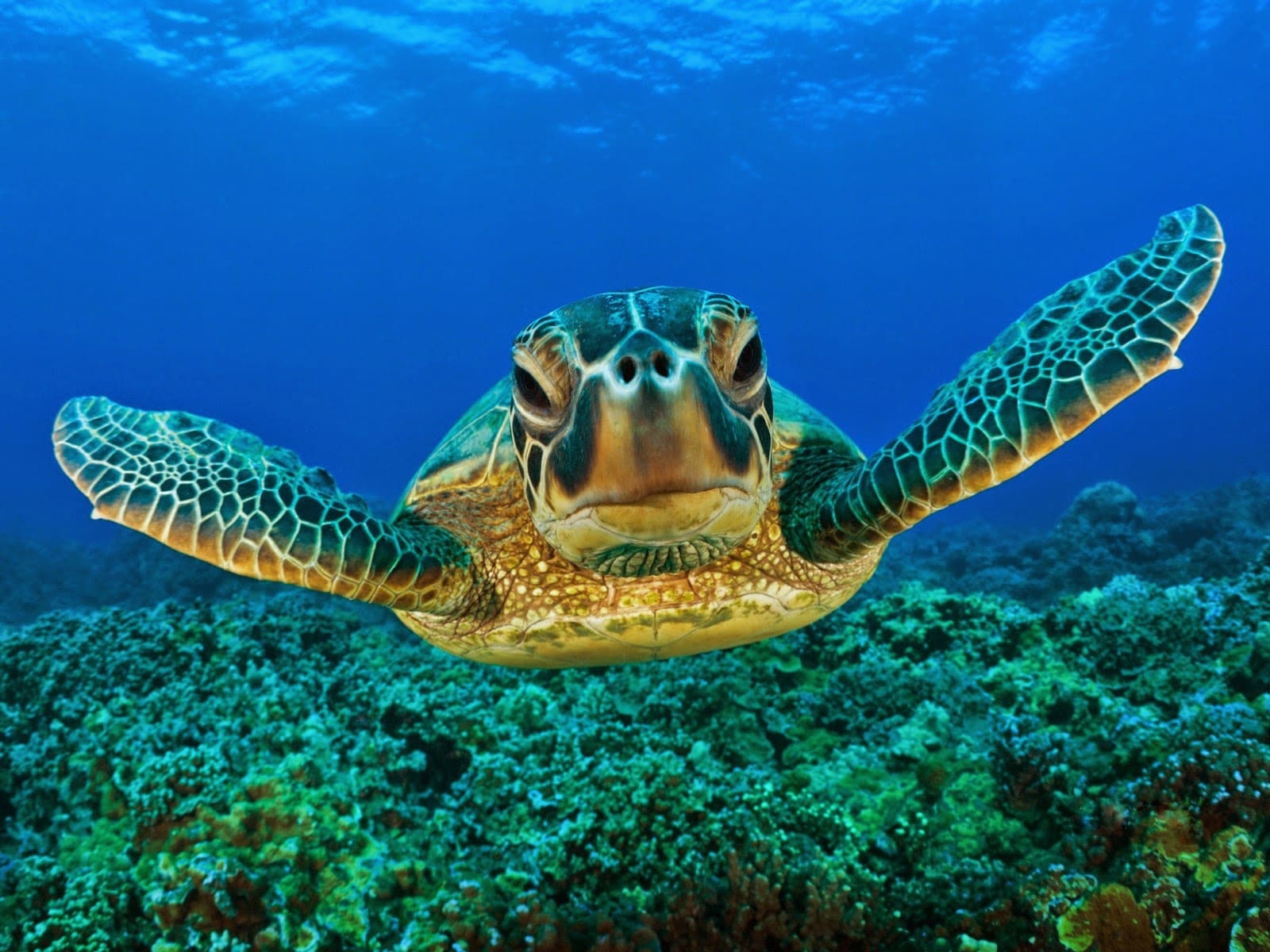The Hawksbill turtle conservation project on the Colombian Atlantic coast is an initiative led by the Bosque Colombiano Foundation organization and supported by Conservation Nation. The main objective of this project is to contribute to increasing the conservation status of the Hawksbill turtle (Eretmochelys imbricata), a species classified as critically endangered by the International Union for Conservation of Nature (IUCN) and protected by the Appendix I of the Convention on International Trade in Endangered Species of Wild Fauna and Flora (CITES).
The project is developed in an area of 72 km² of the Colombian Atlantic coast and its main beneficiaries are the Kankuamos indigenous community, who cohabit with the Hawksbill turtle in these coastal areas. The Hawksbill turtle faces various threats, including illegal trafficking, unsustainable fishing, and habitat destruction due to coastal development.
The project is structured around several main objectives:
- Threat reduction: The aim is to reduce poaching, IUU fishing and habitat destruction by 95% in an area of 32 km² through the creation and monitoring of a marine protected area. To date, 38% progress has been made in reducing these activities, with emphasis on community awareness and training.
- Capacity building: 300 members of the Arahuac indigenous community have been trained in sea turtle conservation practices over a period of 6 months. This training includes technical aspects about the biology and ecology of turtles, as well as monitoring and protection strategies.
- Rescue and rehabilitation: A first aid office has been established for rescued and injured Hawksbill turtles, with the aim of ensuring the safe return of 106 mother turtles to their natural habitat. To date, 25 turtles have been successfully rescued and rehabilitated, representing a significant milestone in the conservation of the species.
- Creation of an indigenous environmental secretariat: The aim is to guarantee the continuity of long-term conservation actions through the training of young indigenous leaders trained during the project. These leaders will be responsible for coordinating and executing conservation activities in the future.
Despite the progress made, the project has also faced significant challenges during its implementation. Resistance from the local fishing community and the occasional presence of illegal armed groups in the region have hampered progress and posed security risks for conservationists and the indigenous community. However, these challenges are expected to be overcome through greater collaboration and coordination with local and national authorities.
In the coming months, the project will continue working on the implementation of conservation strategies, including the expansion of the protected area, strengthening community capacities and promoting sustainable fishing practices. These efforts are expected to contribute significantly to the conservation of the Hawksbill turtle and the empowerment of the Kankuamo indigenous community in the management of their natural resources.





